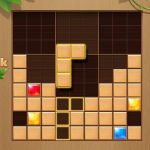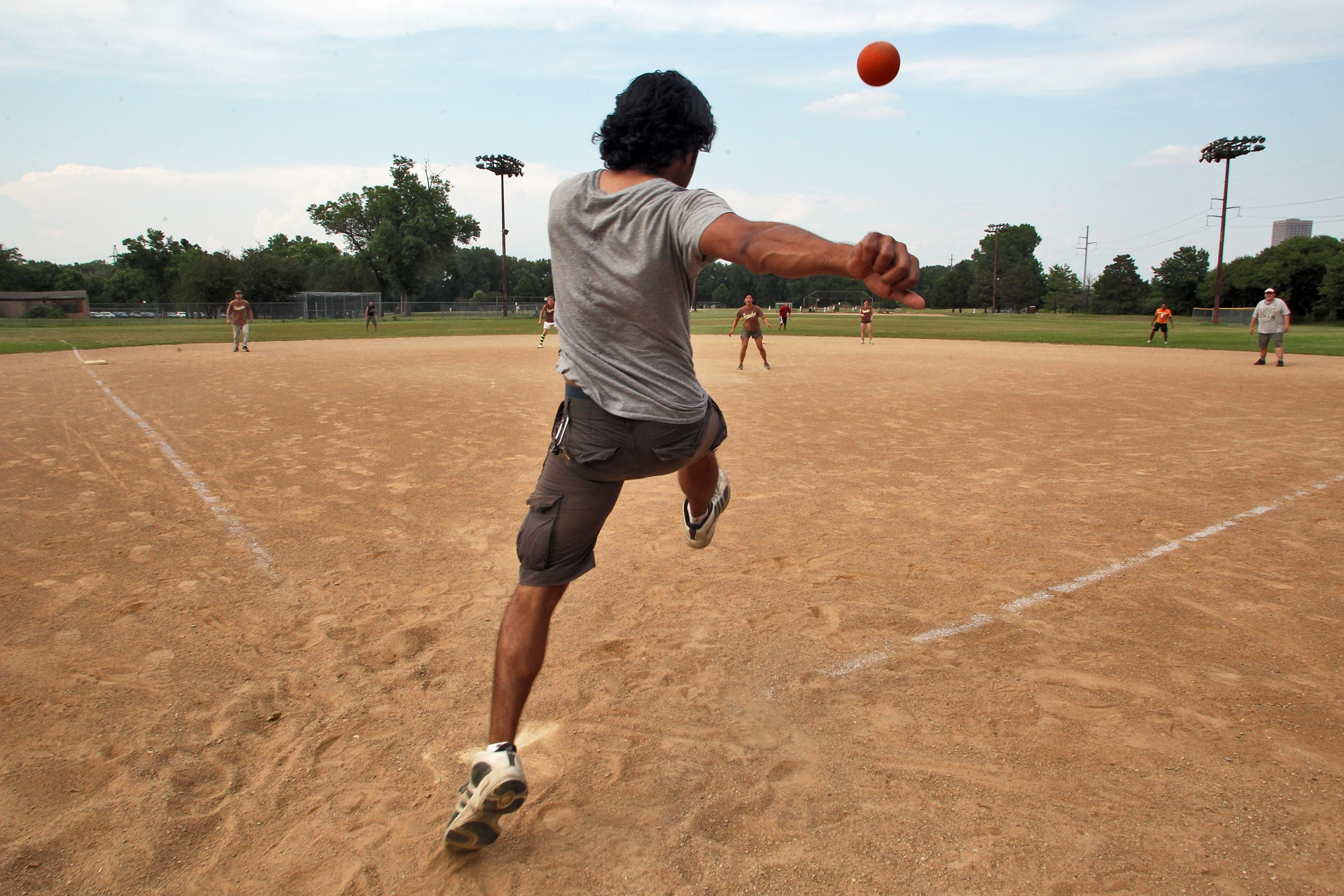Introduction
In the dynamic world of badminton, a “clear” is a fundamental shot that showcases both precision and power. Essentially, it’s a shot played high and deep into the opponent’s court, designed to push them to the back boundary line, hence the name “clear.” This strategic move not only creates space on the court but also puts pressure on the opponent, forcing them to move quickly to retrieve the shuttlecock.
A clear is executed by striking the shuttlecock with an overhead swinging motion, typically using a forehand or backhand grip depending on the player’s preference and the positioning of the shuttlecock. What sets a clear apart is its trajectory—it arcs high into the air, allowing it to travel over the net and land deep in the opposing court, ideally near the baseline.
Definition of Clear in Badminton
A clear in badminton refers to a shot played from near the back of the court, aimed at sending the shuttlecock high and deep into the opponent’s court. The primary objective of executing a clear is to regain control of the rally by forcing the opponent to move backward and allowing the player to reposition strategically on the court.
Techniques for Executing a Clear
Grip: A proper grip is crucial for executing an effective clear. Players typically use either the forehand grip or the backhand grip, depending on the situation and their dominant hand.
Body Positioning: Adopting the correct stance is vital. Players should position themselves sideways to the net, with their non-racket foot forward and knees slightly bent, enabling them to generate power and maintain balance.
Swing: The swing for a clear involves a smooth and controlled motion. Players should utilize a combination of wrist, arm, and shoulder movements to generate power, ensuring a fluid transfer of energy from the body to the racket.

Contact Point: Timing and precision are key when making contact with the shuttlecock. Players should aim to strike the shuttlecock at the highest point possible, slightly in front of their body, to achieve maximum height and distance.
Follow-through: A proper follow-through is essential for control and accuracy. After striking the shuttlecock, players should continue the swing, allowing the racket to complete its natural trajectory toward the target.
Strategic Applications of Clears
Offensive Strategy: Clears can be used as offensive weapons to push opponents deep into their court, creating opportunities for attacking shots such as smashes or drops.
Defensive Strategy: In defensive situations, clears serve as a means to alleviate pressure and reset the rally, providing players with time to regain their position and neutralize the opponent’s attack.
Tactical Variation: Mixing up the pace, angle, and placement of clears can keep opponents guessing and disrupt their rhythm, giving players a competitive edge in the game.
Importance of Clears in Badminton
Control and Accuracy: Clears allow players to control the tempo of the game and dictate play by placing the shuttlecock precisely where they want it on the court.
Tactical Advantage: Mastery of the clear provides players with a versatile tool to outmaneuver opponents, exploit weaknesses, and capitalize on opportunities during matches.
Defensive Resilience: Clears serve as a defensive mechanism, enabling players to withstand pressure, retrieve difficult shots, and maintain resilience during intense rallies.
Strategic Awareness: Understanding when and how to execute clears demonstrates a player’s strategic acumen and ability to adapt to different game situations, ultimately enhancing their overall performance on the court.
The Anatomy of a Clear
Grip Dynamics: The foundation of a successful clear lies in the grip. Players must adapt their grip, whether forehand or backhand, to suit the trajectory and power required for the shot.
Footwork Fundamentals: Effective footwork is essential for generating power and maintaining balance during the execution of a clear. Players need to master the art of positioning themselves optimally to maximize the impact of their shot.
Racket Preparation: The angle and positioning of the racket play a crucial role in determining the trajectory and speed of the clear. Understanding how to prepare the racket for optimal impact is key to executing a successful shot.
Timing and Contact Point: Timing is everything in badminton, and the same holds true for clears. Players must anticipate the trajectory of the shuttlecock and make contact at the perfect moment to achieve maximum height and distance.
Fluid Follow-through: A smooth follow-through is essential for control and accuracy. Players must ensure that their swing flows seamlessly from the initial contact with the shuttlecock to the completion of the shot, maintaining control over the direction and placement of the clear.
Exploring Variations of Clears
Power Clears: Power clears involve a forceful swing aimed at sending the shuttlecock deep into the opponent’s court, putting pressure on them to defend or retaliate.
Drop Clears: Drop clears are executed with a softer touch, causing the shuttlecock to travel in a high arc and land closer to the net, creating deception and forcing opponents out of position.
Cross-court Clears: Cross-court clears are directed diagonally across the court, exploiting gaps in the opponent’s defense and creating opportunities for follow-up shots.
Drive Clears: Drive clears involve a flatter trajectory and faster pace, allowing players to counterattack quickly and maintain offensive momentum in the rally.
The Strategic Role of Clears
Offensive Strategy: Clears can be used as a precursor to aggressive shots such as smashes or drives, setting up opportunities to exploit weaknesses in the opponent’s defense and score points.
Defensive Strategy: In defensive situations, clears serve as a lifeline, enabling players to regain control of the rally, reposition themselves on the court, and absorb pressure from their opponents.
Tactical Variation: Strategic variation in the placement, speed, and angle of clears can keep opponents off balance, forcing them to adapt their positioning and defensive strategies to counter the threat effectively.
Unlocking the Potential of Clears
Mental Focus: Clear execution requires mental fortitude and focus. Players must maintain concentration and composure under pressure, visualizing the trajectory and outcome of their shots.
Practice and Repetition: Mastery of clears comes through dedicated practice and repetition. Players must hone their technique, timing, and footwork through drills and match simulations to develop consistency and confidence in their shot-making abilities.
Adaptability: Flexibility and adaptability are essential traits for success in badminton. Players must be able to adjust their clears according to changing game dynamics, opponent strategies, and court conditions to remain competitive and effective.
Advanced Techniques for Clear Execution
Controlled Power: Advanced players harness controlled power in their clears, striking a delicate balance between force and finesse. They generate significant racket head speed while maintaining accuracy and control to place the shuttlecock precisely where intended.
Deceptive Placement: Masters of the game employ deceptive techniques to disguise their clears, making it challenging for opponents to anticipate the direction and trajectory of the shot. Subtle changes in grip, body positioning, and racket angle contribute to creating confusion and opening up opportunities for follow-up attacks.
Angle Manipulation: Strategic manipulation of angles adds another dimension to clear execution. Players adept at varying the angle of their clears exploit gaps in their opponent’s defense, forcing them to move laterally across the court and creating openings for winners.
Touch and Feel: Advanced players possess exceptional touch and feel, allowing them to execute drop clears with finesse and precision. These delicate shots require exquisite control and timing, enabling players to maneuver the shuttlecock delicately over the net and land it just inside the opponent’s court.
Strategic Variations and Tactical Applications
Tempo Control: Masters of the game use clears to control the tempo of the match, alternating between fast-paced attacking clears and slower, defensive clears to disrupt the rhythm of their opponents and dictate the flow of play.
Strategic Targeting: Savvy players strategically target specific areas of the court with their clears, exploiting weaknesses in their opponent’s positioning or movement patterns. By consistently directing clears to these vulnerable areas, players can keep opponents on the defensive and set up scoring opportunities.

Counterattacking Clears: Advanced players capitalize on their opponent’s clears to launch counterattacks, intercepting the shuttlecock early and redirecting it with speed and precision to catch their opponents off guard and regain momentum in the rally.
Psychological Warfare: Clears can also be used as a psychological weapon to unsettle opponents and assert dominance on the court. Well-timed clears that land deep in the opponent’s court can create feelings of frustration and pressure, affecting their confidence and decision-making.
The Mental Game of Clears
Visualization Techniques: Elite players harness the power of visualization to enhance their clear execution. By mentally rehearsing the perfect clear, players can strengthen neural pathways, improve muscle memory, and increase confidence in their ability to execute under pressure.
Focus and Concentration: Maintaining focus and concentration during clears is crucial for success. Elite players train their minds to block out distractions, stay present in the moment, and execute each clear with unwavering precision and intent.
Resilience and Adaptability: Mental resilience and adaptability are essential qualities for mastering clears in high-pressure situations. Elite players embrace challenges, learn from mistakes, and remain composed and adaptable, adjusting their strategy and technique as needed to overcome obstacles and emerge victorious.
Conclusion
Understanding what a clear is in badminton is crucial for any player looking to excel in the sport. A clear is a powerful and strategic shot used to send the shuttlecock high and deep into the opponent’s court, creating space and time to regain control of the rally. It requires precise timing, technique, and control to execute effectively. By mastering the clear, players can dictate the pace of the game, set up offensive opportunities, and keep their opponents on the defensive.
Whether you’re a beginner learning the basics or an advanced player refining your skills, incorporating clears into your game can significantly enhance your overall performance on the court. So, practice diligently, focus on perfecting your form, and embrace the strategic significance of the clear in your badminton journey.










